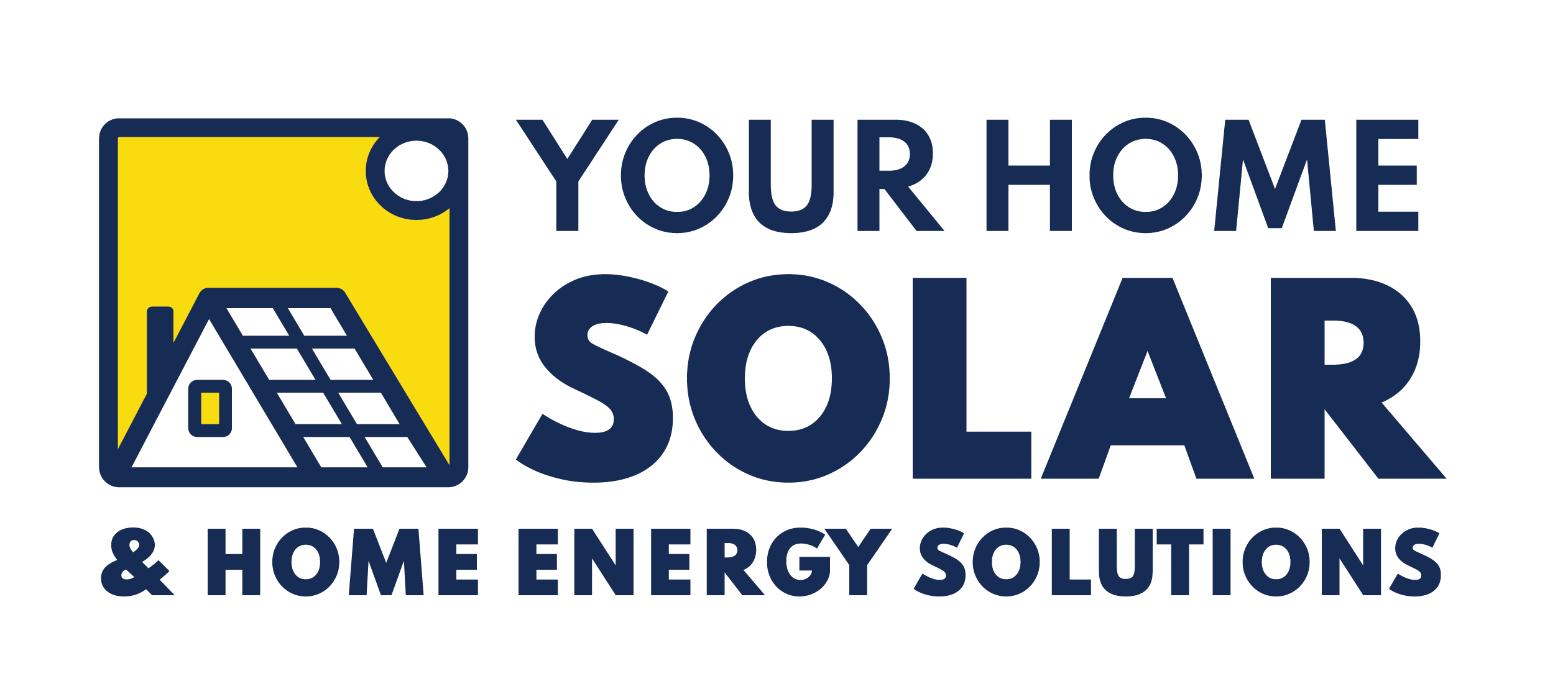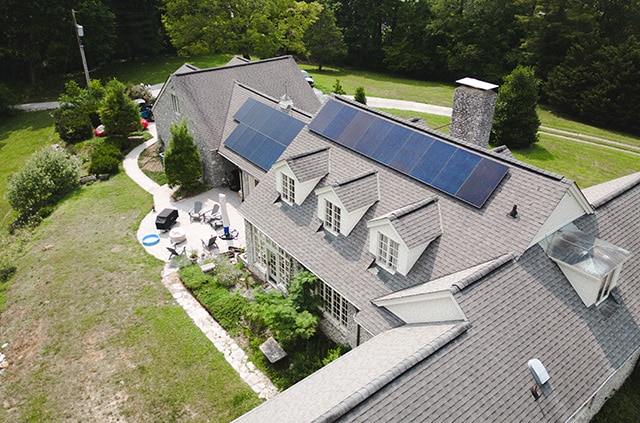Switching to solar energy is an exciting step toward reducing your carbon footprint and lowering your energy bills. However, before you can enjoy the benefits of solar power, there are several important steps to prepare your home for the installation. This guide will walk you through everything you need to know to ensure a smooth and successful solar panel installation process.
1. Evaluate Your Roof’s Condition
One of the first things to consider is the condition of your roof. Solar panels are designed to last for 25-30 years, so it’s crucial that your roof is in good shape before installation. If your roof needs repairs or is nearing the end of its lifespan, it's wise to address these issues before installing solar panels. A sturdy, well-maintained roof will support the panels and maximize their efficiency.
2. Assess Your Home’s Energy Efficiency
Before installing solar panels, take steps to improve your home’s energy efficiency. Simple upgrades such as adding insulation, sealing windows and doors, and switching to energy-efficient appliances can reduce your overall energy consumption. By improving energy efficiency, you can reduce the number of solar panels needed to meet your energy needs, potentially lowering your installation costs.
3. Check for Shade and Sun Exposure
Solar panels require adequate sunlight to generate electricity efficiently. Assess your property for potential sources of shade, such as trees, nearby buildings, or other obstructions. If possible, trim trees or make other adjustments to ensure your solar panels will receive maximum sun exposure throughout the day. Your solar installer can help you determine the best placement for your panels based on your property's sun exposure.
4. Review Local Regulations and Permits
Installing solar panels involves complying with local building codes and regulations. Check with your local government or homeowner’s association to understand the requirements and obtain necessary permits. Your solar installation company will typically handle the permitting process, but it's a good idea to be informed about any regulations that might affect your installation.
5. Plan for Maintenance and Monitoring
Once your solar panels are installed, it’s important to plan for their maintenance and monitoring. Regularly clean the panels to remove dirt and debris that can reduce efficiency. Additionally, consider investing in a monitoring system to track your solar energy production and detect any potential issues early. Your solar installer can recommend maintenance practices and monitoring solutions to keep your system running smoothly.
Conclusion
Preparing your home for solar installation involves several important steps, from evaluating your roof's condition to ensuring maximum sun exposure. By taking the time to address these factors, you can ensure a smooth installation process and maximize the benefits of your solar energy system. Partnering with a reputable solar installer will provide you with the expertise and support needed to make your transition to solar energy seamless and successful.

